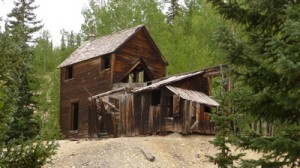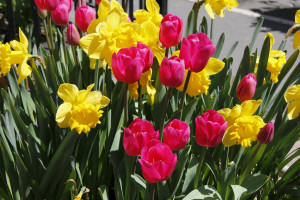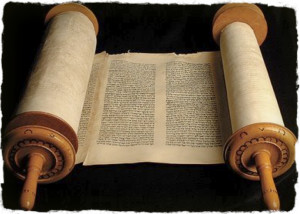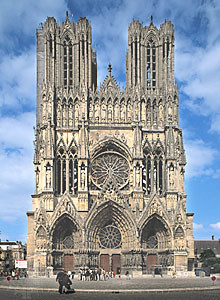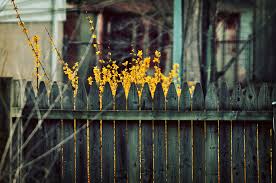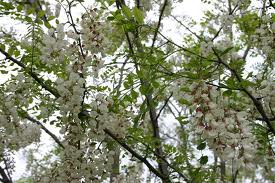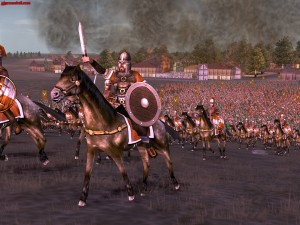 Fear is part of life. We are wired to react to threats in a number of ways. Fight, flight, freeze, hide, cry for help. In our society, there is little to fear. In most of the country there is little violence. Sometimes we experience a flash of fear in traffic, or when we slip on the ice. For the most part, however, we are safe.
Fear is part of life. We are wired to react to threats in a number of ways. Fight, flight, freeze, hide, cry for help. In our society, there is little to fear. In most of the country there is little violence. Sometimes we experience a flash of fear in traffic, or when we slip on the ice. For the most part, however, we are safe.
Why, then, to we have a culture of fear? Gun and ammunition sales are booming, security system companies are busy, people are taking self-defense classes, and living with fear and anxiety on a daily basis.
Within our generally safe country there are acts of violence. School shootings, workplace violence, robberies, gang shootings, random killings, on and on. These acts, if horrific, are but a small part of life in a country of 314 million people. They just do not affect most people. The only time I have been truly terrified was when I was caught in a lightning storm when hiking above timberline. I have never run so fast as that day.
The most important fear creator is television. It is hard to get good video of a drop in the unemployment rate, but easy to show police cars, fire engines, ambulances, yellow crime scene tape, and bodies on gurneys. The longest running TV shows are cop shows and doctor shows, with lives hanging in the balance every week. “If it bleeds, it leads”, the mantra of local TV news.
Yes, they are showing real violence, but I have personally never been a victim of violence. As a volunteer firefighter, I did see the aftermath of terrible accidents, but we were there to respond to those events. In my daily life in the same area, I never saw an accident.
Life has always been marked by violence. We are wired to deal with it. Adrenalin, anger, the need to assemble in groups for mutual protection, all are part of our DNA. In watching elementary school children in a park, I was always struck by the boy’s tendency to pick up a stick at the first opportunity. The girls would respond to aggression from boys, but tended not to initiate aggressive behavior.

Agression
Are the boys hunters or warriors, or are those behaviors modifiers of the same thing? I am currently reading about Ancient Greece. The tales are of war or the challenges of dealing with a dangerous world. Very few cultures have not been violent to some degree. There is always peril, whether from the neighboring tribe or the saber-toothed tiger.
Fear has always been a part of life. Today, despite all the turmoil in the world, in this country we enjoy one of the safest countries and times ever. The prevailing mindset, however, is fear. Growing up in the 1950s I ran all over town and always walked the seven blocks to school. Today children are accompanied by an adult when on the street. It is more and more unusual to see unaccompanied young teenagers out on the street.
Because of some events in my early childhood, I have never felt safe. I always have a strategy for dealing with a threat (back against the wall). I have never in my threescore and ten years had to deal with a threat. Because of my impulsivity and deep-seated anger I have sometimes initiated aggression, but usually calm down before getting myself in big trouble. I do seem to be getting better at letting go of the anger.
Is that the answer? Aggression breeds aggression? Especially with childhood abuse? The old Johnny Cash song, A Boy Named Sue, is an example. Father knew he would abandon his son, so he named the boy Sue in order for him to be abused and have to fight back to survive. Abandonment and the target of aggression became that boy’s life. He grew up to be angry and aggressive. The song implies that is a good thing. It is not.
When children grow up in a loving, fairly safe home with the knowledge they are loved and respected, they are able to deal with threats in a healthier way, knowing they will always have a refuge. We need to provide love, compassion, support, and respect for all children. A lot of that exists here, but how about the Sudan? It is a sad world. Work to end injustice and violence everywhere. Foster compassion.
